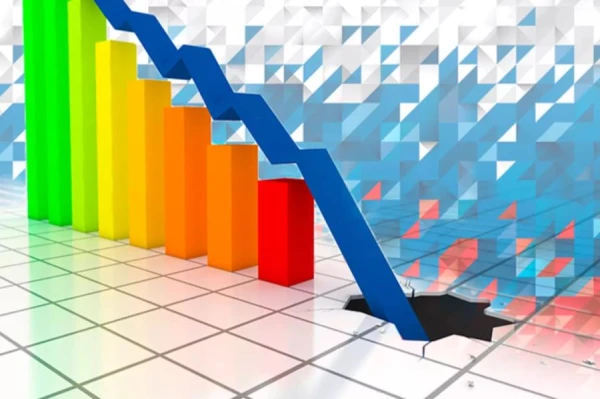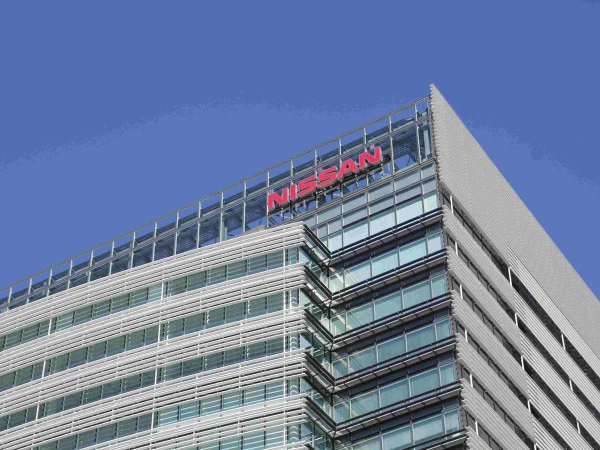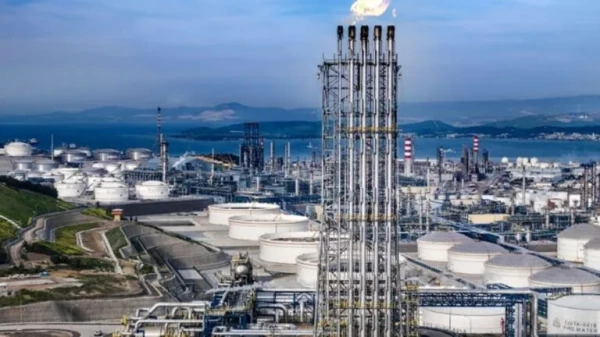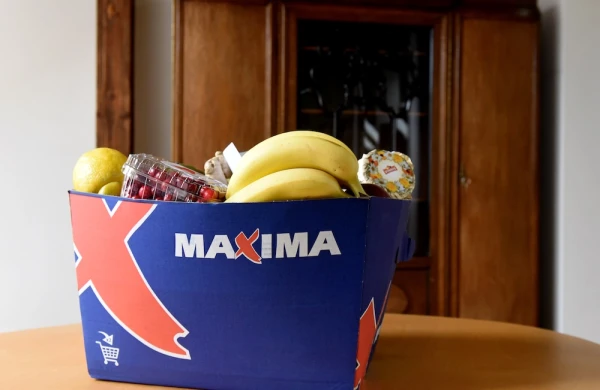
Trillions of dollars could be wiped out in the event of a financial market crash. Experts worldwide, including central banks, warn of risks. But what signs should be watched for?
This week, about half a trillion dollars vanished from financial markets as a temporary but significant drop in stock prices occurred for some of the largest tech companies, including Nvidia, Microsoft, and Palantir Technologies. This may have been just a brief correction, but experts warn of growing signs of a financial market crash that could cost several times more.
Given the increasing reliance on technology and artificial intelligence, critics argue that betting on these profits is a gamble, emphasizing that the future remains uncertain.
The Central Bank of Singapore has joined the global chorus of warnings from the IMF, Federal Reserve Chair Jerome Powell, and Andrew Bailey about overvalued stocks.
The Monetary Authority of Singapore stated on Wednesday that this trend is fueled by "optimism regarding AI's ability to generate sufficient future profits," which could lead to sharp corrections in the broader stock market.
Goldman Sachs and Morgan Stanley executives predict a 10-20% drop in stocks over the next one to two years, their leaders said at the Global Financial Leaders Investment Summit in Hong Kong, according to CNBC.
Experts surveyed by Euronews Business also agree that a significant correction is imminent.
In the worst-case scenario, such a crash could wipe out trillions of dollars from financial markets.
According to Matthieu Savary, chief European strategist at BCA Research, major tech companies like Nvidia and Alphabet, losing just 20% of their stock value, could lead to a market crash of $4.4 trillion (€3.8 trillion).
"If they fall by 50%, we are talking about a reduction of $11 trillion," he said.
AI Rally: Bubble or Boom?
The U.S. stock market has not met expectations this year. The S&P 500 index has risen nearly 20% over the past 12 months, despite geopolitical tensions and uncertainty in global trade caused by Washington's tariff policies. The biggest gains have come from technology sectors, driven by optimism about future profits from artificial intelligence.
While tech giants continue to generate profits and multi-billion dollar investments in AI and large-scale infrastructure have become commonplace, concerns are growing about the slowing growth of the U.S. economy, exacerbated by limited data during the government shutdown. Once fresh data emerges, it could shake investors.
Enthusiasm for AI is most vividly reflected in the extraordinary rise of Nvidia's stock and its sharp increase in value. The company plays a central role in the technological revolution, as its graphics processing units (GPUs) are essential for AI computations.
Since the beginning of 2020, Nvidia's stock has risen more than 3000%, recently making it the most valuable publicly traded company in the world. From July to October alone, its market capitalization reached $1 trillion (€870 billion), roughly equivalent to Switzerland's annual GDP.
Derren Nathan, head of equity research at Hargreaves Lansdown, said, "Much of this growth is backed by real financial progress, and despite the enormous nominal increase in value, relative valuations do not appear excessively inflated."
Analysts debate whether the current market is a mirror image of the 2000 dot-com bubble. Nathan notes that many tech companies that crashed back then never achieved profitability, unlike today's giants, which are generating high revenues and profits amid strong demand for their products.
Ben Barringer, head of global technology research at Quilter Cheviot, added, "As governments invest significant funds in AI infrastructure, and with a rate cut looming on the horizon, the sector has a solid foundation. It is an expensive market, but not necessarily a bubble. The momentum is hard to sustain, and not every company will thrive."
BCA Research believes that a bubble is forming, although it is not set to burst immediately. Chief European strategist Matthieu Savary says such bubbles historically peak when companies start relying on external financing for large projects.
Investment in assets for future growth, or capital expenditures, as a share of operating cash flow has jumped from 35% to 70% for hyperscalable companies, according to Savary. Hyperscalable companies are tech firms like Microsoft, Google, and Meta, which manage massive cloud computing networks.
"The share of operating profit is likely to exceed 100% before we reach the peak," Savary added. "This means they may soon invest more than they earn from operations."
Recent examples of how major tech companies have turned to external financing include Meta's Hyperion project with Blue Owl Capital and Alphabet's issuance of €3 billion in bonds for AI and cloud technology development.
While the growth of AI investments is hard to sustain, Barringer told Euronews, "If capital expenditures start to decline by the end of this year, markets may begin to get nervous."
Other factors to watch include returns on invested capital, revenue growth, and inflationary pressures, which could signal rising capital costs and the approach of a "bubble" to its end.
"But we are not there yet," says Savary.
Further Concerns and Ways to Hedge Against Market Turbulence
Even as tech companies ride the wave of AI, inflated expectations about future profits may prove difficult to realize.
"The main issue for skeptics may not be the potential of AI itself, but the valuation investors place on that potential and the speed at which they expect it to materialize," says AJ Bell's investment director, Russ Mould.
A recent BCA report reflects growing reasons to question the idea of AI, but the technology "remains a powerful force," the group believes.
If investor optimism wanes, "a sharp correction in the tech sector could still impact broader markets, given the dominant weight of this sector in global indices," Barringer said. He added that other regions and asset classes, such as bonds and commodities, would be less directly affected and could provide important balance during a downturn.
According to Emma Wall, chief investment strategist at Hargreaves Lansdown, "investors should take this opportunity to crystallize impressive gains and diversify their portfolios by including a range of sectors, geographic regions, and asset classes, which will enhance portfolio resilience." The price of gold, which has soared, again warns that this rally may not last long.













